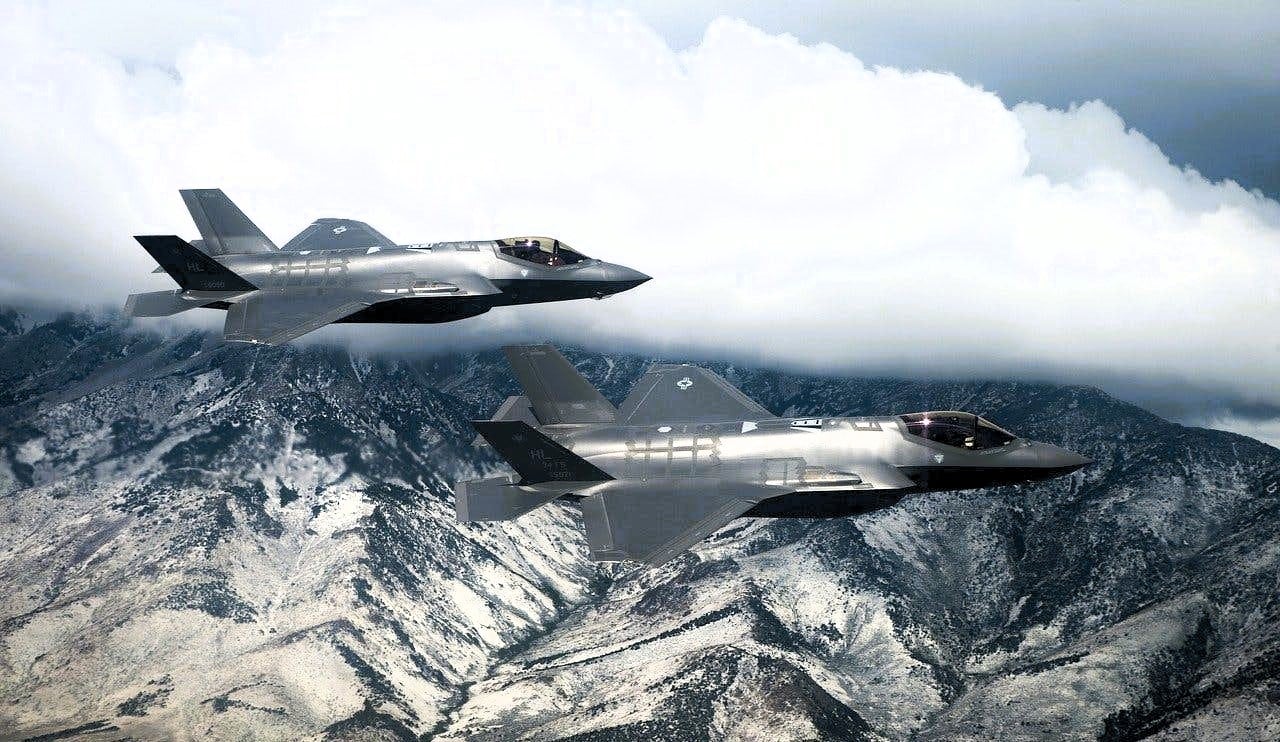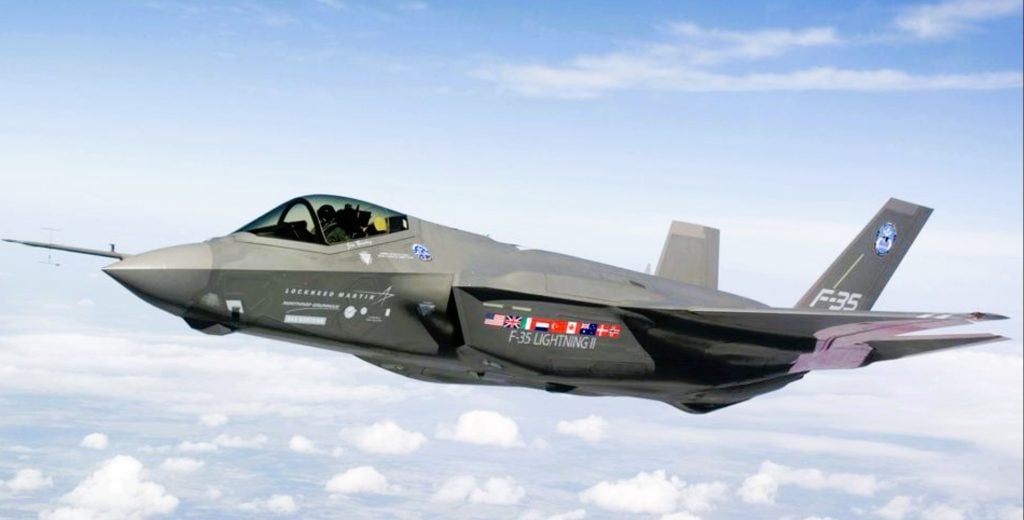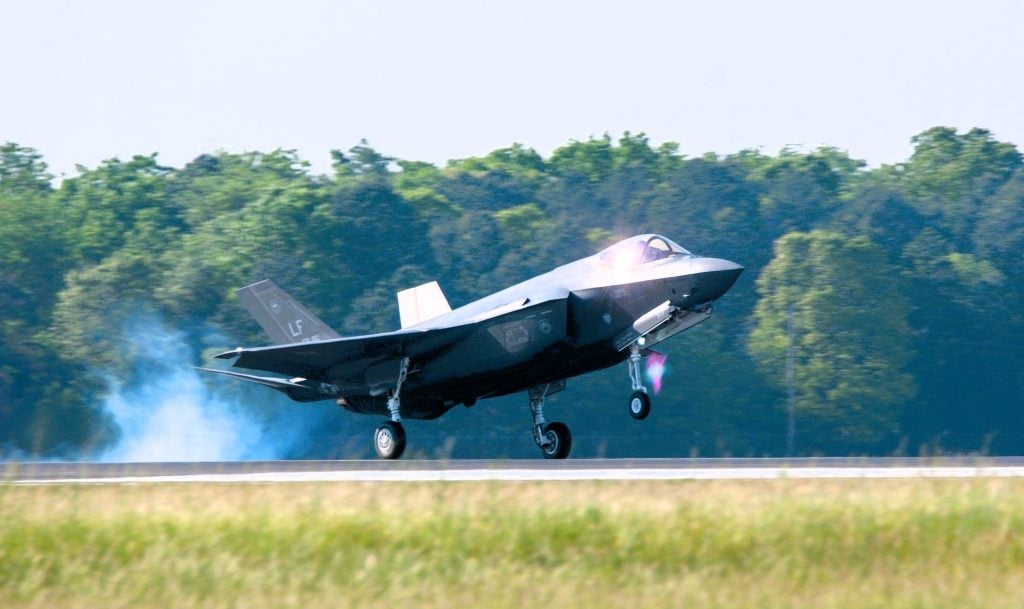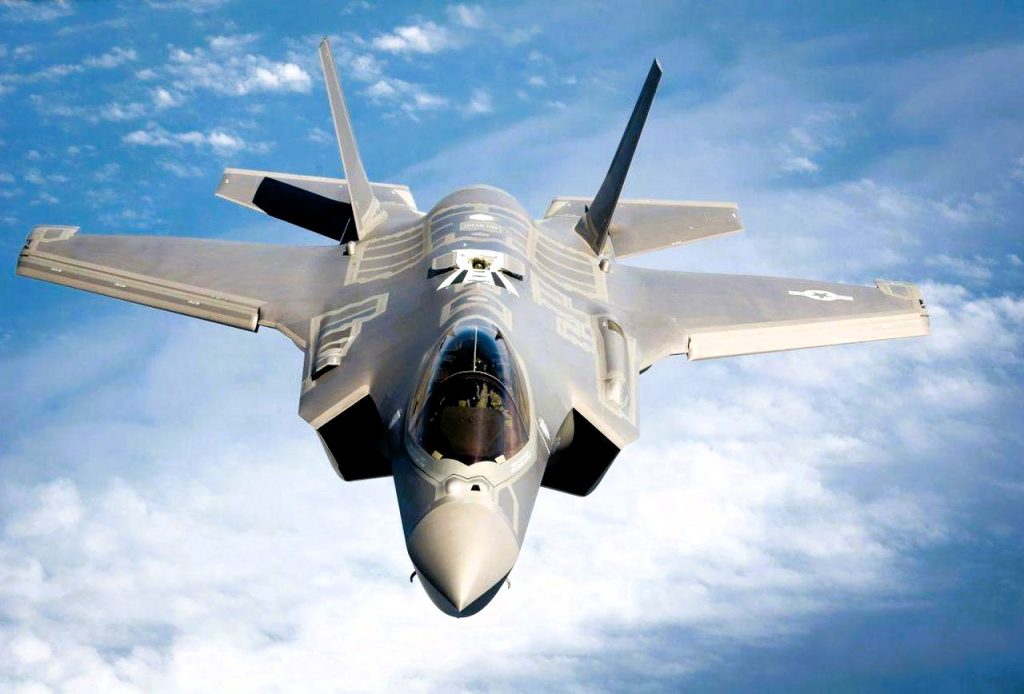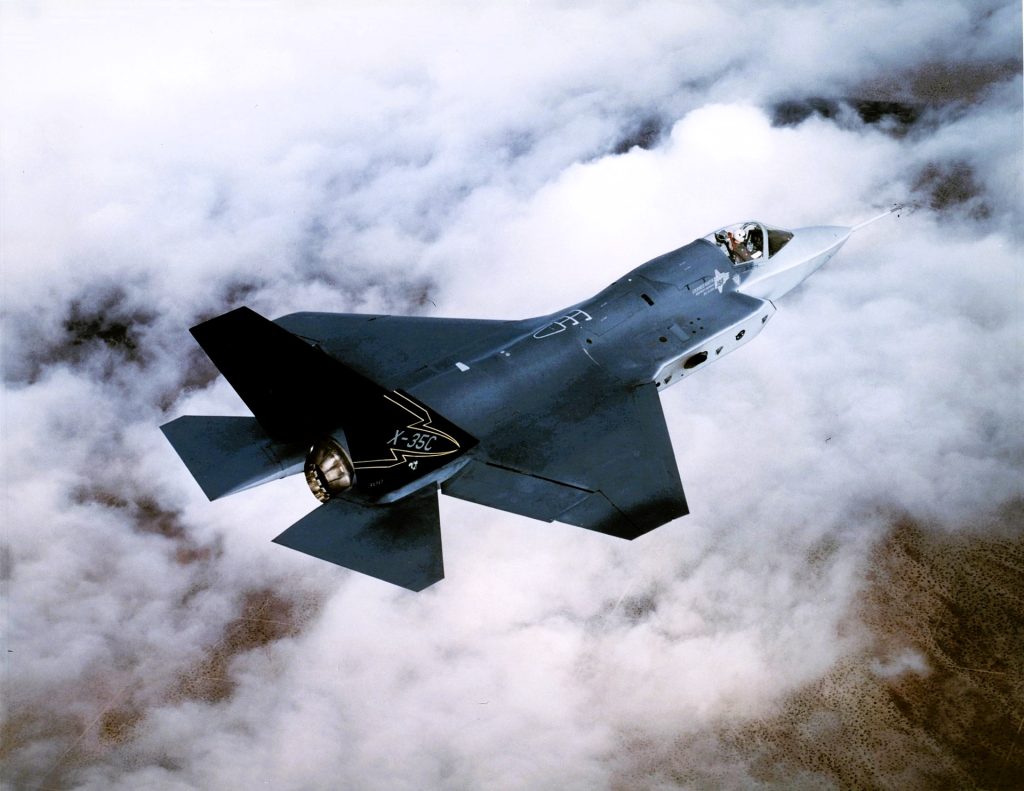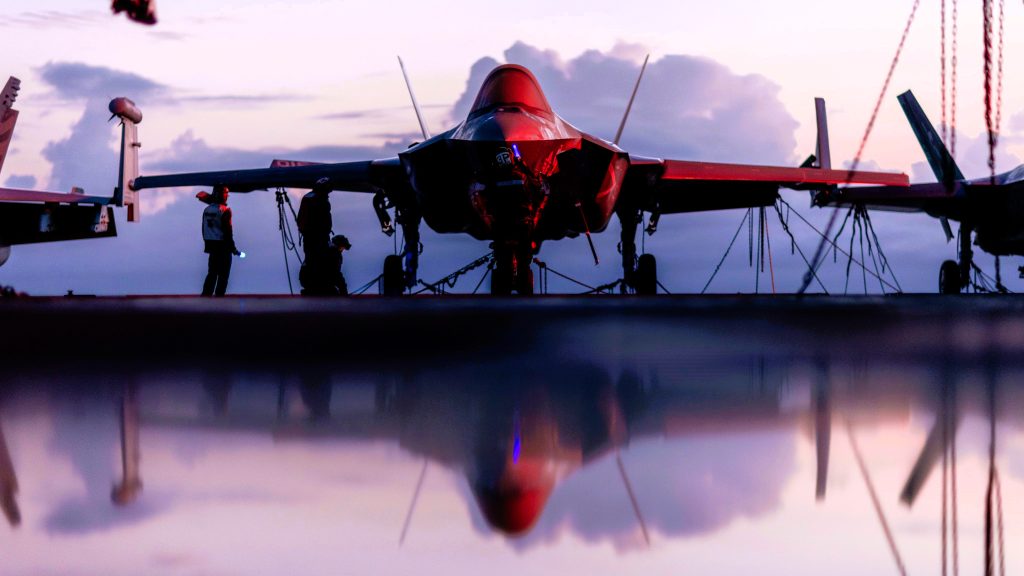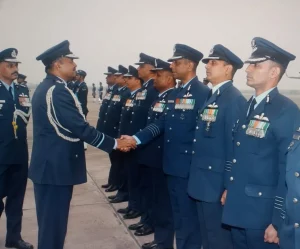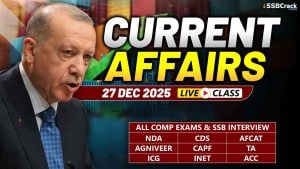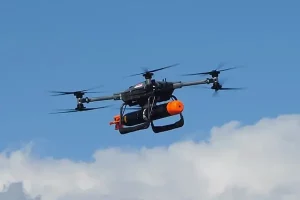The Joint Strike Fighter (JSF) program has been a landmark initiative in the US defense industry, involving a highly competitive process among major aerospace manufacturers to develop a new generation of combat aircraft. This program aimed to replace a wide range of existing fighter jets, ultimately leading to the selection of Lockheed Martin’s F-35 Lightning II as the winning design. As a pivotal moment in the evolution of military aviation, the JSF program offers valuable insights for defense enthusiasts, industry professionals, and anyone interested in the advancements of modern warfare. In this comprehensive article, we will delve into the Key Points on the US Joint Strike Fighter (JSF) Program, exploring the fierce competition, the contract awards, the system development and demonstration phase, the international collaboration, and the ongoing management of the F-35 program.
Top 5 Countries Advancing in Hypersonic Missile Technology
1. Fierce Competition Among Aerospace Giants
The JSF program began in the early 1990s, with the Department of Defense (DoD) inviting major US manufacturers to submit their proposals for a new combat aircraft. Four industry heavyweights – McDonnell Douglas, Northrop, Lockheed, and Boeing – stepped up to the challenge, each offering unique aircraft designs primarily focused on Short/Vertical Takeoff and Landing (S/VTOL) capabilities.
Diverse Proposals from Industry Leaders
- McDonnell Douglas: Proposed an aircraft powered by a reheated turbofan with a remote gas-driven fan for lift augmentation.
- Northrop: Presented an aircraft featuring an auxiliary lift engine to complement the dry thrust from a reheated turbofan.
- Lockheed: Conceptualized an aircraft with a reheated turbofan and thrust augmentation.
- Boeing: Designed an aircraft powered by a reheated turbofan with the ability to be reconfigured into a direct lift engine.
Ground-breaking Engine Demonstrations
Alongside the aircraft proposals, the competition also involved engine manufacturers showcasing their capabilities. General Electric, a major engine supplier, conducted a ground demonstration of the reheated turbofan engine configuration proposed by McDonnell Douglas. Lockheed’s concept, which featured a shaft-driven lift fan, ultimately led to the development of the F-135-PW-600 engines that power the F-35B variant.
2. Contract Awards for Prototype Development
After the initial proposal stage, the DoD awarded contracts to two of the competing manufacturers – Lockheed Martin and Boeing – to develop prototype versions of their aircraft designs.
Lockheed Martin and Boeing Awarded Contracts
- Each company was tasked with developing two prototype versions – one with a conventional takeoff and landing (CTOL) and another with S/VTOL capability.
- Both Lockheed Martin and Boeing were granted $750 million to fund the prototype development and their Preferred Weapon System Concept (PWSC).
- This funding was aimed at preventing the companies from exhausting their resources in the pursuit of the lucrative JSF contract.
Rejection of the McDonnell Douglas Concept
The McDonnell Douglas concept aircraft was ultimately rejected due to the complexity of its design and potential implications for the desired performance of the JSF.
3. The System Development and Demonstration (SDD) Phase
The next stage of the JSF program was the System Development and Demonstration (SDD) phase, where the prototypes from Lockheed Martin and Boeing were put through rigorous testing and evaluation.
Lockheed Martin’s Winning Performance
- Lockheed Martin’s X-35A and X-35C prototypes outperformed Boeing’s X-32 by a significant margin.
- The Lockheed Martin design excelled in key areas such as takeoff roll (less than 500 ft/150 m), supersonic cruise capability, and vertical landing.
- In contrast, the Boeing X-32 suffered from issues with hot air circulation near the ground, leading to a decrease in engine thrust performance and overheating.
Lockheed Martin’s F-35 Lightning II Emerges as the Winner
Ultimately, Lockheed Martin’s F-35 Lightning II was selected as the outcome of the JSF program, cementing its position as the next-generation fighter jet for the United States and its international partners.
Boeing F-15EX Eagle II: All You Need To Know About This Multirole Striker
4. International Collaboration and Participation
The JSF program was a joint effort involving nine countries, each planning to purchase a certain number of the new fighter jets.
Participating Countries
- United States
- United Kingdom
- Canada
- Italy
- The Netherlands
- Turkey
- Australia
- Denmark
- Norway
Turkey’s Withdrawal from the Program
In 2019, the United States removed Turkey from the list of allies participating in the JSF program after the country’s acquisition of the Russian S-400 missile system. Turkey had initially planned to acquire approximately 100 F-35s through the program.
5. The F-35 Lightning II Joint Program Office (JPO)
The F-35 Lightning II program is managed by the Joint Program Office (JPO), which oversees the life-cycle management of the three variants of the aircraft: the F-35A (conventional), F-35B (VTOL), and F-35C (carrier version).
Key Responsibilities of the JPO
- Delivering a capable, available, and affordable air system to the warfighter
- Outpacing key competitors to win tomorrow’s high-end fights
- Developing, delivering, and sustaining war-winning fifth-generation capabilities at high-end fourth-generation costs
The F-35’s Capabilities and Affordability
According to the Joint Strike Fighter Program, the F-35 is:
- Lethal, scalable, and adaptable, capable of competing and keeping the warfighter one step ahead of aggressors
- Affordable for US services, international partners, and customers through cost reduction across the acquisition life-cycle
Conclusion
The Joint Strike Fighter (JSF) program has been a defining moment in the history of US military aviation, showcasing the fierce competition among industry giants, the rigorous evaluation process, and the successful development of the F-35 Lightning II as the next-generation fighter jet. The program’s collaborative nature, involving multiple international partners, and the ongoing management by the Joint Program Office highlight the complexity and significance of this landmark initiative. As the F-35 continues to shape the future of aerial warfare, the insights from the JSF program offer valuable lessons for defense enthusiasts, industry professionals, and those interested in the evolution of military technology.
FAQs
1. What are the goals of the joint strike fighter program?
This collaborative program was initiated to unite the Navy, Air Force, and Marine Corps in an effort to reduce costs for future strike warfare initiatives by developing and implementing advanced technologies, components, and processes.
2. What is the joint strike fighter and why is it mentioned?
The Joint Strike Fighter (JSF) program is the most extensive and ambitious fighter development initiative ever undertaken.
3. When was the JSF program started?
Research and development for JAST/JSF began in 1993, resulting in STOVL proposals submitted to the DOD by McDonnell Douglas, Northrop, Lockheed, and Boeing. McDonnell Douglas suggested an aircraft equipped with a reheated turbofan engine and a remote gas-driven fan to enhance lift during STOVL operations.
4. Why was the McDonnell Douglas concept aircraft rejected?
The McDonnell Douglas concept aircraft was rejected due to the complexity of its design and potential implications for the desired performance of the JSF.
5. How many countries participated in the JSF program as international partners?
Nine countries participated in the JSF program as international partners: the United States, United Kingdom, Canada, Italy, the Netherlands, Turkey, Australia, Denmark, and Norway.
